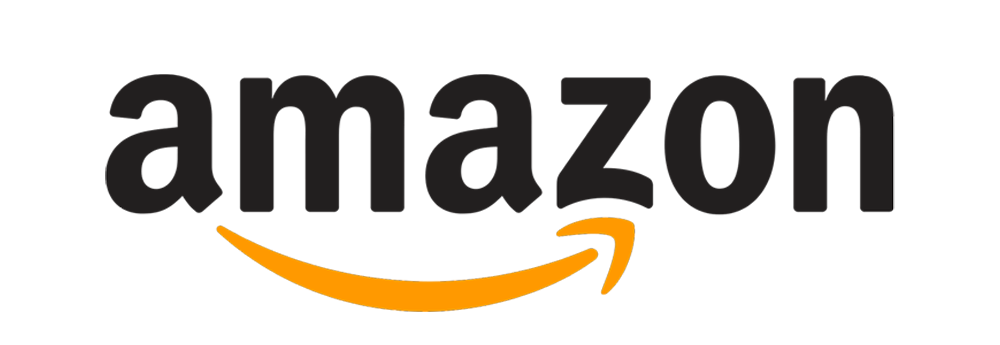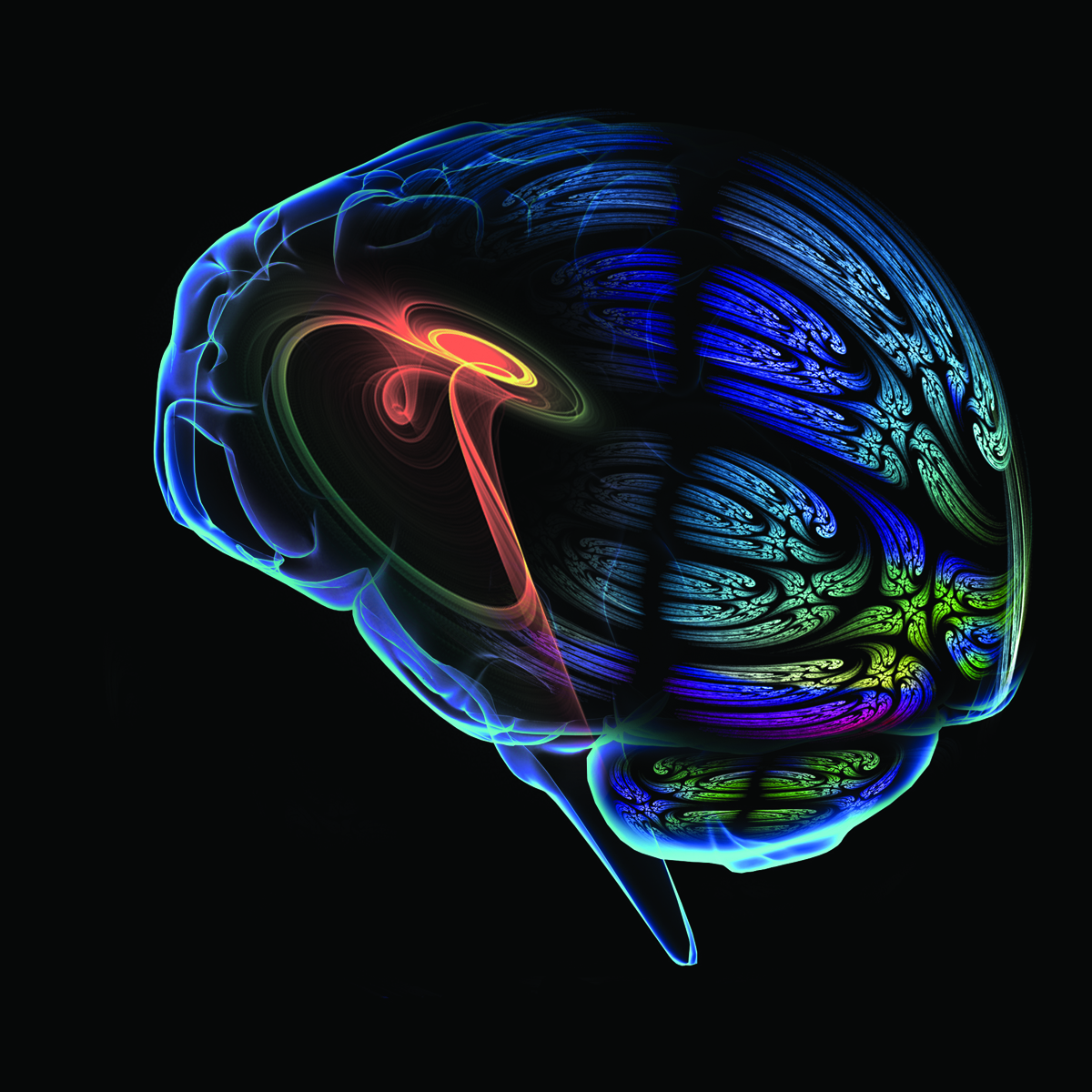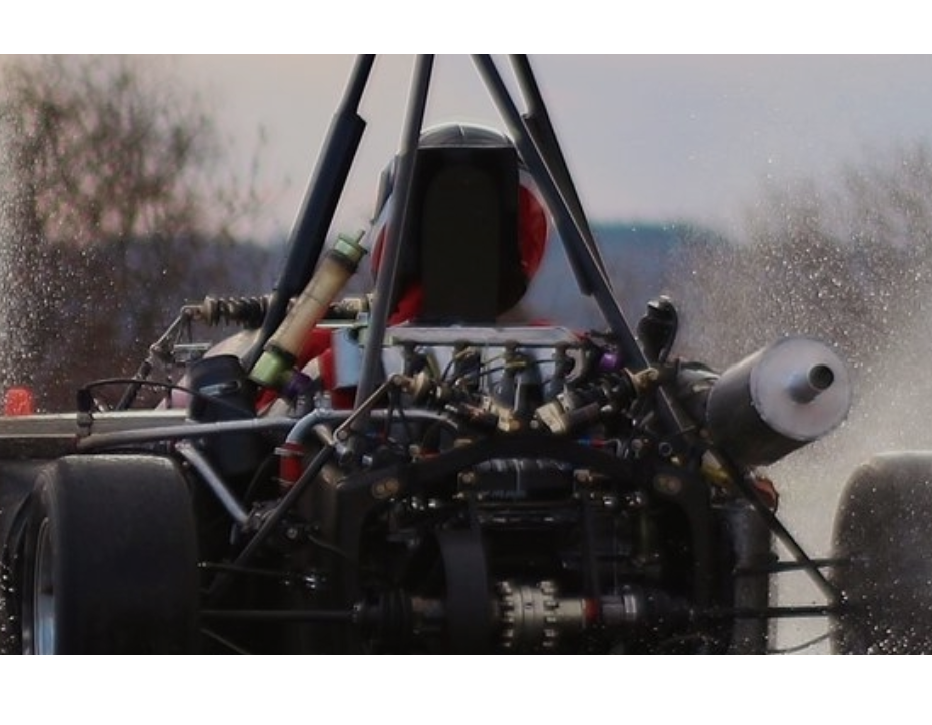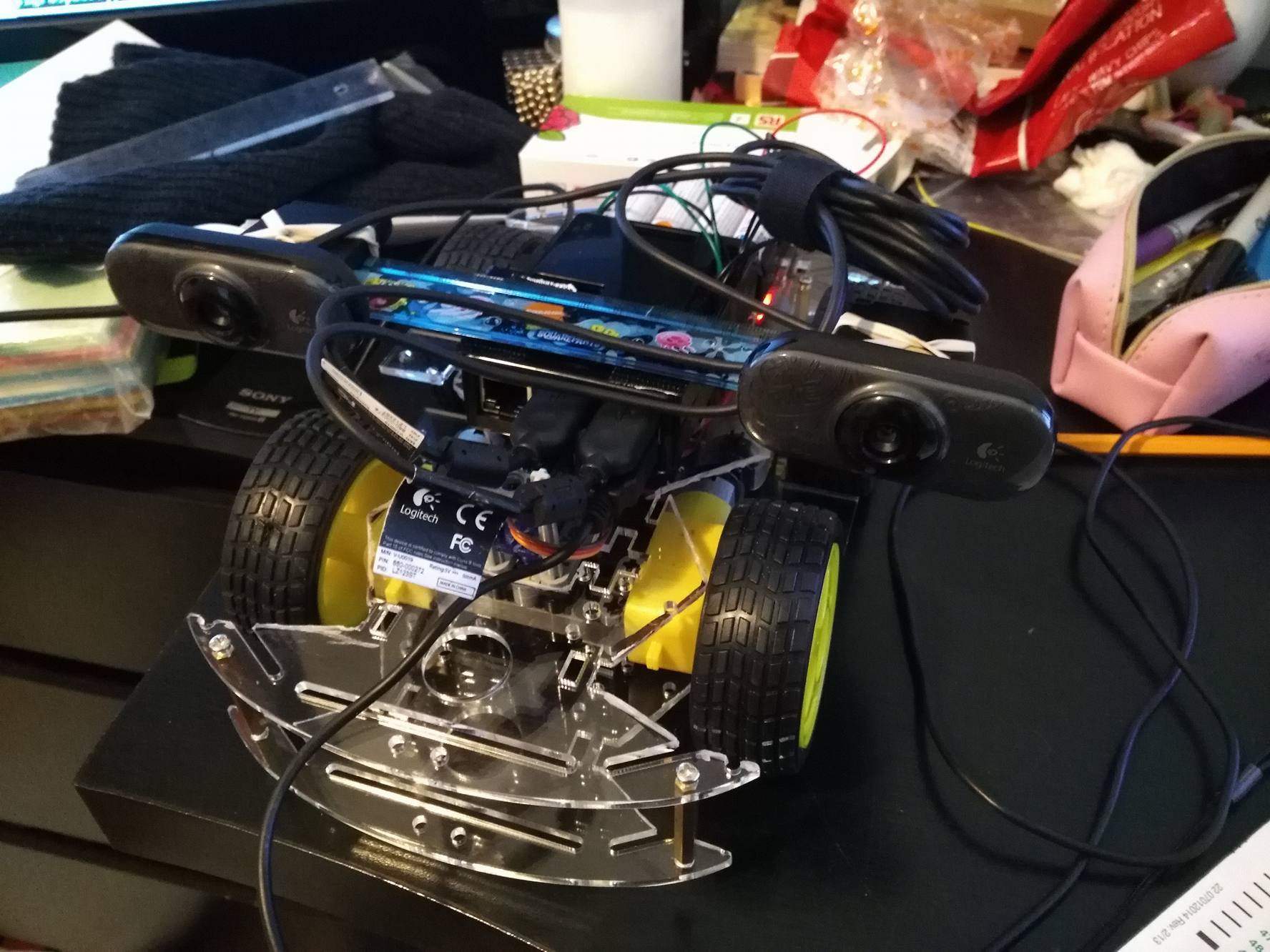Jonathan Gao
ECE student at Cornell University

Dean's List All Semesters
Expected to graduate May 2021
Relevant Coursework: Data Structures, Algorithms, Digital Logic and Computer Organization, Embedded Systems, Signals and Systems, Discrete Structures, Computer Architecture, Intelligent Physical Systems, Computer Vision, Machine Learning, Microelectronics, Probability and Inference, Operating Systems, Embedded Operating Systems, Evolutionary Algorithms and Randomized Search Algorithms, Distributed Systems, Systems Programming, Databases, Systems Security.

My time at Amazon was unfortunately virtual, but still incredibly fruitful and gave me the chance to learn so much about software engineering. My team was very welcoming and expected the best, pushing me to my best and guiding me to becoming a better software engineer.
I was on an infrastructure team, working on internal tools to help the Alexa International dev teams. It was really cool being able to work with engineers across the world and seeing them use my project.
During my time with Amazon, I worked with technologies such as AWS, continuous deployment pipelines and package management, and cloud development. I worked mostly in Java, JavaScript using the React framework, and worked with concepts such as JUnit, JEST, Dagger, TestNG, and RESTful APIs.

During my time at MathWorks, I worked primarily on two projects. I loved my time there as an intern; the company culture is amazingly friendly and enthusiastic.
From June to August of 2019, I worked on the following projects:
To improve hardware development workflow, I worked to set up hardware leasing over network as a service on the internal MathWorks network.
I worked across multiple teams to set up internal infrastructure for connecting hardware boards over the network. With this new infrastructure, devs no longer need a physical board connected to their machine; instead, they can lease an available board through a client which will emulate a serial connection over ethernet. Furthermore, the new testing framework extended hardware board testing to any user on the network, enabling hardware testing anywhere accessible by network.
I worked with QE engineers to rebuild the custom board support framework API, leveraging objected-oriented design to help QE engineers build software objects for hardware testing. These software objects were required for emulation of hardware and deployment of code to hardware. The new framework reduced test writing time drastically, enabling 2 years of tests to be written in a week.

Over the winter of 2018-2019, I helped to install GPS tracking devices in 12 ride-share electric scooters.
The process involved splicing off existing power wires to power the GPS units, then securing and insulating the connection to the unit.

InServe is a mobile and web application aimed at streamlining and simplifying volunteering, offering a platform for volunteers and volunteer organizations to manage, track, and advertise events and activities. Features include geo-fencing for events, connecting with social media, and special utilities for corporations or universities.
Over the summer of 2018, I worked as the lead software engineer for this local startup. I helped build the web application using Angular 5 with the Google Firebase backend. As a move to market towards colleges, I helped build the user interface and backend for managing volunteer activities and members for Greek life on college campuses.

From the summer of 2016 to January of 2017, I worked with Dr. Lilianne Mujica-Parodi to simulate regulatory dynamics in the fear response circuit in the brain. Using MatLab Simulink, I modeled Dr. Mujica-Parodi's theory that recklessness and anxiety lie on a spectrum of hyper- and hypo-regulation of the fear response. Using the same statistical analysis on this model as with previous medical data, we obtained matching results, providing support for this theory.
Creating and using a computer-simulated regulatory circuit present for fear in the brain, we were able to unify the regulatory dynamics previously seen across the spectrum for threat detection under one theory. Through this control systems approach, we demonstrate the effectiveness of such an approach for studying and diagnosing regulatory systems within the body.
This paper was published in Frontiers Sys. Neuroscience.

Since September 2019, I have been working in the Reesink Lab to help process micro-CT scans to extract meaningful parameters. This data is being use to predict bone fracture in horses, as a leg fracture is fatal. Such features include bone volume, tissue volume, and size dimensions. These CT scans are processed by filtering, thresholding, then segmenting in 3D spatial domain to calculate these dimensions.
A paper was published in the Equine Veterinary Journal





I grew up loving tech, always tinkering with my computer, phone, or any other electrical device. I grew up learning about tech by experimenting with my gadgets, using the internet and old books to mess around with my devices. Coming into Cornell, I knew I wanted to study either ECE or CS. But, I decided to go with ECE to get a better depth and foundation.
I am disciplined and hard-working, ambitious and driven, and curious to learn all I can. I thrive in challenging and rapid work environments - places where I learn from mistakes and adapt to improve.
I'm interested in everything from hardware to software, and the ECE major allows me to explore both. However, I am currently looking primarily for a software engineering or embedded software position where I am able to contribute my interdisciplinary skills to work on creative and innovative projects.
In my spare time, I enjoy working out, dancing, and playing video games. Find me on Instagram for more of my daily activities!